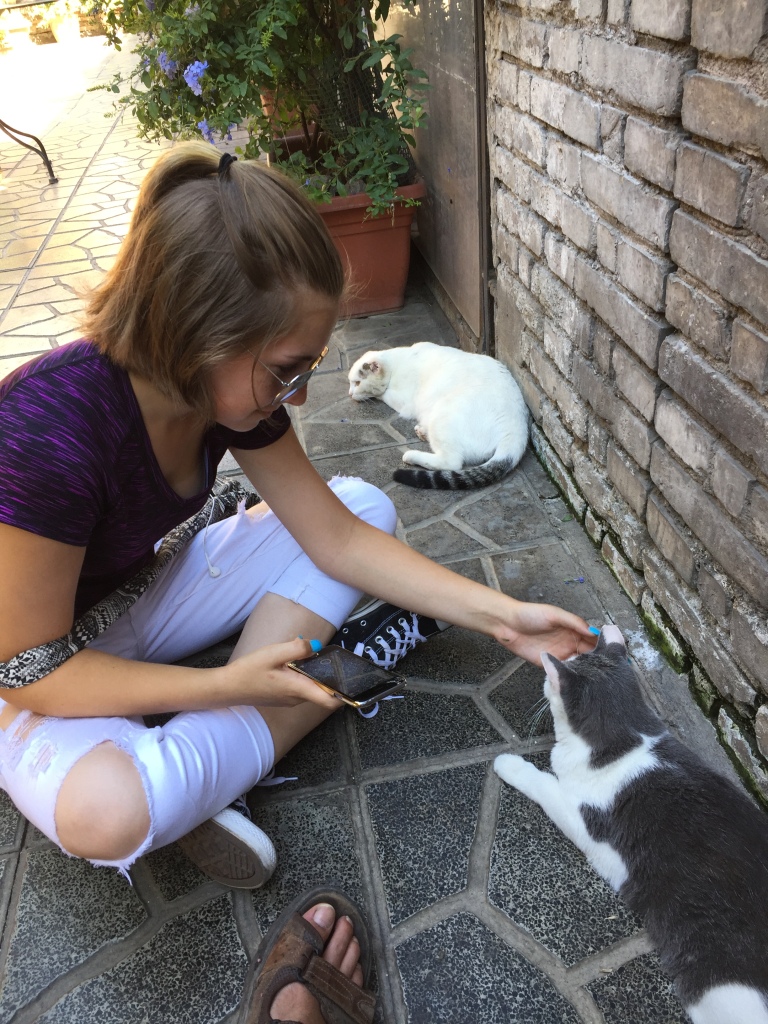By: Jim Murty
Private George Murty sits slouched in his armchair staring blankly into the mid-distance when his son Joe snaps him back with the magic words ‘Windsor, Ontario’.
It has been more than 50 years since Private George left Canada aboard a warship, to fight with the Canadian Expeditionary Force, for King and Country.
Little did the carpenter know then but his life was about to take a completely unexpected turn.
This would be the last he would see of the land he had made home for 20 years.
Private George Murty never spoke to us of the mud and blood of the trenches or the gas attack which ended his war.
But he is here in this moment in his battered armchair in Glasgow because a shell with a gas canister chose him.
Because it was to his birth land of Scotland, where he had lived for his first 15 years, that he was sent to rehabilitate.
And it was here that he met an Irish nurse, Mary, who not only put him back together again but went on to give him five children.

The eldest, Joe, my Uncle, who had relocated to Ontario, is sitting opposite him here, his own children darting around his feet.
I conjure up this domestic scene as I stand in the shadow of the great bronze Caribou statue at Beaumont-Hamel Newfoundland Memorial near the Somme in Northern France.
As I move between the trenches and read off the names on the memorials.
1,305 Newfoundlanders died in Europe’s killing fields, among the 61,000 Canadians who made the ultimate sacrifice for Mother Britain.
Beaumont-Hamel is one of five Newfoundland memorial sites within an hour’s drive radius in northern France.and Belgium.
This, the Trail of the Caribou, is dedicated to the far-off outpost of Newfoundland and its contribution to victory in World War.
If you want to explore Greater Canada’s part in the War there are a further eight memorials in France and Belgium.
Including the Vimy Memorial where the statue of a cloaked guarded figure stands sentry atop a wall upon which 11,285 names are carved into the bricks.
Every nation gave of its youth and they are all commemorated in France and Belgium.
Harry Patch, the last British soldier, or Tommy, spoke for them all when he laid the wreath at the Menin Gate after his 100th birthday and asked that the men on both sides of the line should be remembered.
I am no soldier, but my Grandpa George was and two Great-Uncles on my mother’s side from Ireland who fell at Passchendaele.
And it is to them that I pay tribute when I am invited, like Tommy Patch, to present the wreath to The Missing at the Menin Gate in Ieper, or Ypres in Flanders.
The Last Post ceremony has been observed every night at 8pm since 1928, interrupted only by the German occupation in the Second World War.
And it is here in the town of Ieper, that I have made my base with my tour providers GTI The Group Specialists gtitravel.ie.
At the crossroads of north-west Europe Ieper has been fought over since Roman times, hence the fortifications around it.
While the locals appreciate more than anybody that it was here that the worst of the War was fought out.
Simon, our Belgian host, takes us to a field past Hellfire Roundabout, at the time the most bombed place on Earth, and to a field where empty shells are scattered along the sides.
And a cow was blown up by an until-then unexploded bomb a couple of years ago.
But he has alsp taken us to Tom’s Bierhaus, the Hopperie, where he had a selection of 350 beers, coming in all shapes and sizes including one horn-shaped in a wooden contraption.

He had broken us in the night before at the In’t Klein Stadhuis restaurant with Belfgian blond bier and a hearty fish stew (waterzooi).
It is only how the soldiers, George, Willie and Patrick, would have spent their spare time too when away from the Front.
And where another Scots-Canadian soldier made a lasting mark.
Lieutenant-Colonel John McCrae, the grandson of Scottish immigrants, and working as a surgeon, captured the hell of the Second Battle of Ypres.
After his friend Lt Alexis Helmer died.
And he wrote a poem In Flanders Fields which places the poppy as a symbol of the War…
In Flanders fields the poppies blow
between the crosses, row on row,
That mark our place; and in the sky
The larks, still bravely singing, fly
Scarce heard amid the guns below.
We are the Dead. Short days ago
We lived, felt dawn, saw sunset glow,
Loved and were loved, and now we lie
In Flanders fields.
Take up our quarrel with the foe:
To you from falling hands we throw
The torch; be yours to hold it high.
If ye break faith with us who die
We shall not sleep, though poppies grow
In Flanders fields.
I leave a poppy by my Great-Uncle Willie
McNulty’s headstone as I say The Lord’s Prayer at the Railway Cemetery, near Ieper.
His brother Patrick is inscribed on the walls among the 35,000 Missing at the Tyne Cot Cemetery.
Willie and Patrick, natives of Co.Donegal in north-west Ireland, had been signed up for the Front by their brother Dan.
Catholic Willie had been dating a Protestant from Co. Antrim while Patrick had been sent to Flanders to ‘become men’.
But they did not return.

Their mother didn’t have to wait for the telegram telling her she had lost two of her 15 children, or the standard copper vases which were sent to replace them.
She had been visited by the banshee in the days before.
GTI provides a guide for your four-day tour of Flanders and The Somme and Dermot has rung our names through the Commonwealth War Graves Commission records.
And discovered that there are three Murtys of whom I had no knowledge.
But whose sacrifice I will mark with a small poppy.
There is a broad range of Canadian tour providers from which to choose among them:
www.battlefields.ca, www.canadianbattlefields.ca, www.thebattlefieldstour.com, www.trafalgar.com, www.insightvacations.com and www.liberationtours.ca
Check sites for conditions, rates and provisional dates.
Jim Murty is a consultant editor, award-winning writer and Ireland’s Travel Editor of the Year. Please check out his site: jimmurtytraveltraveltravel.com







